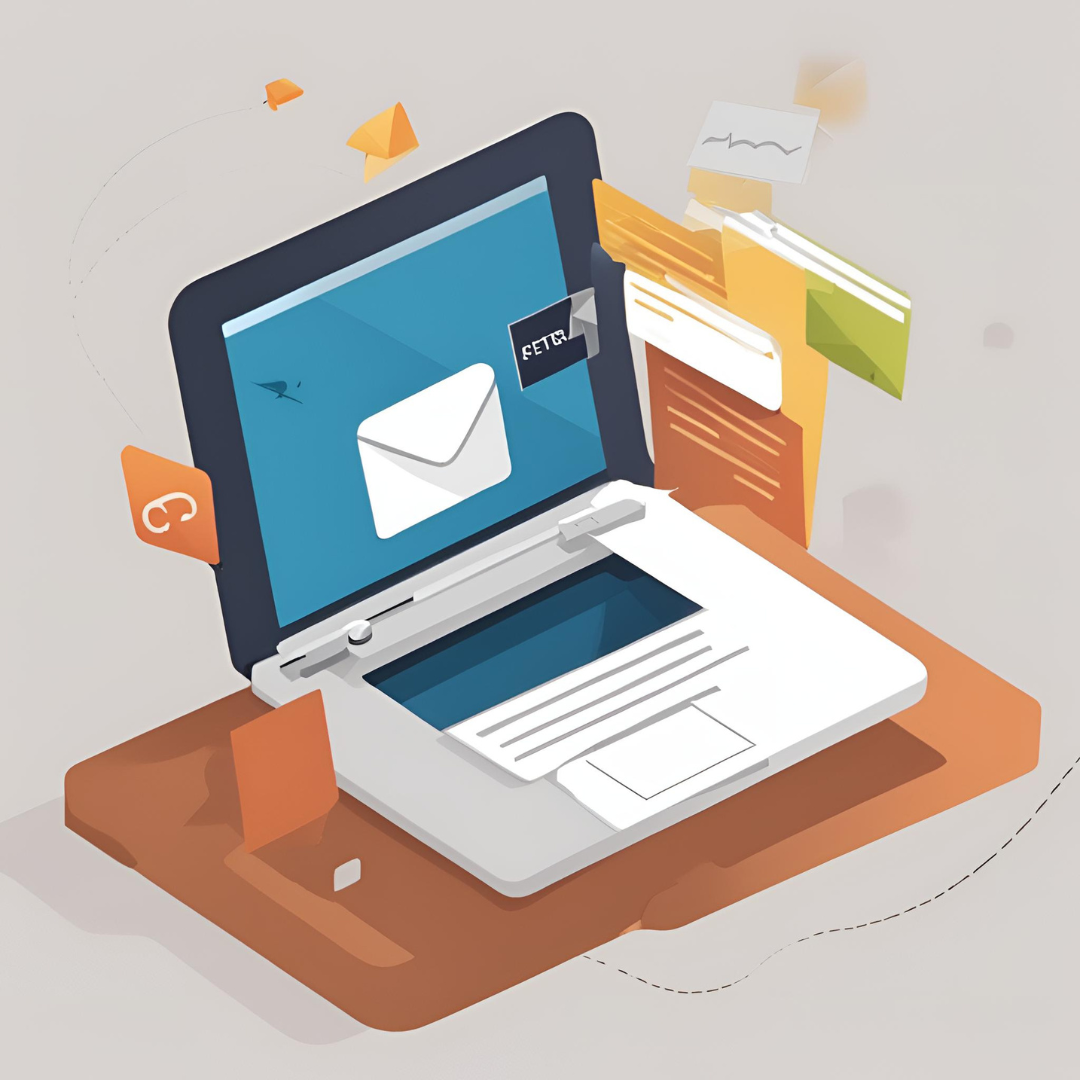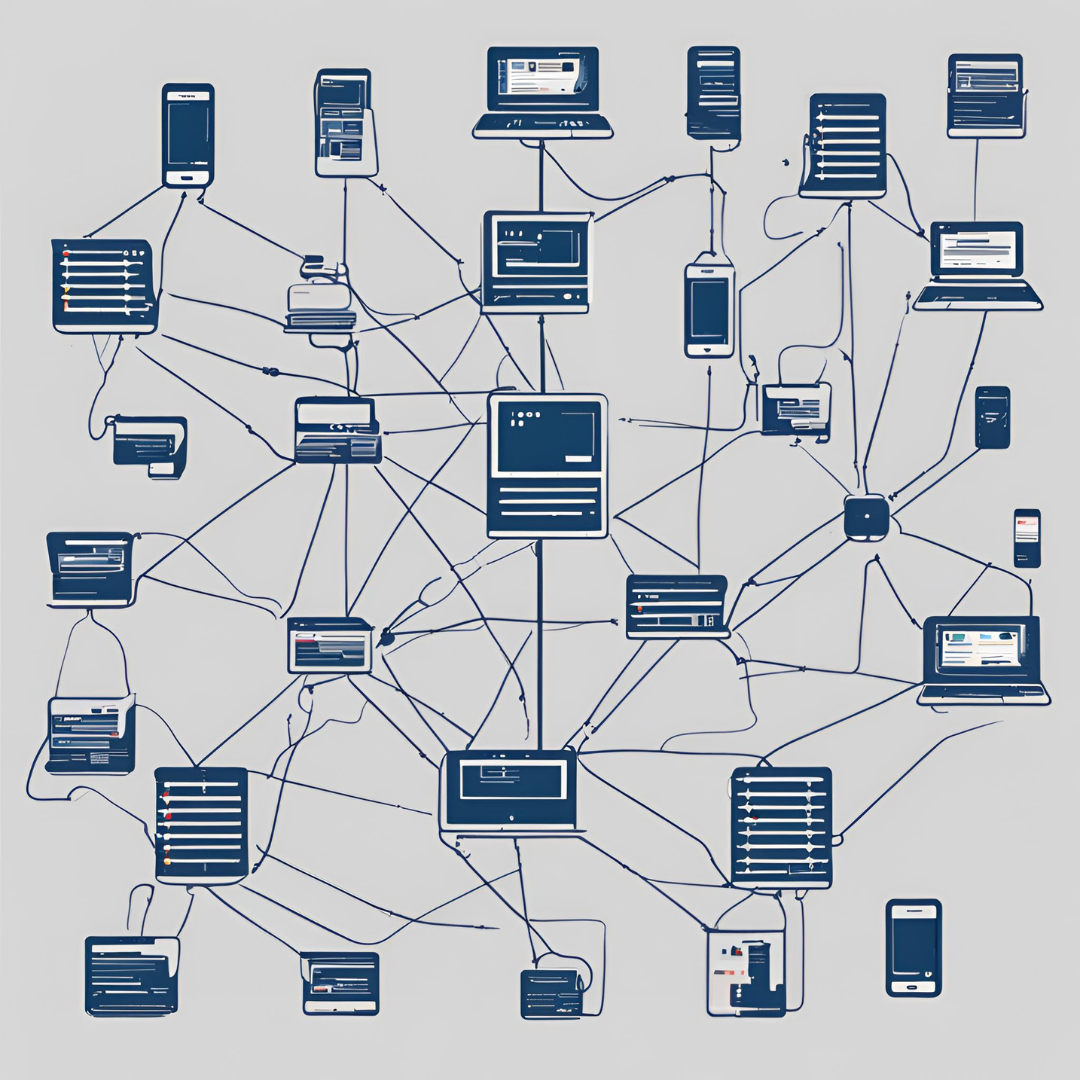In this modern, tech-driven world, email continues to be a vital means of communication, whether for personal or work-related matters. Yet, the ease and widespread use of email also make it a prime vulnerability for online criminals. Recognizing the risks to email security and applying effective strategies to shield your inbox is crucial for guarding your personal data, financial records, and business activities. This detailed overview will examine the email cybersecurity landscape, prevalent threats, and top methods to defend your inbox against cyber threats.
The Importance of Email Security
Why Email is a Target
Emails typically hold private information like personal records, financial information, business communications, and account logins. This makes them a valuable prize for online criminals who can misuse this data for identity fraud, financial scams, corporate spying, and other harmful acts.
The Impact of Email Breaches
The fallout from email security breaches can be grave, potentially causing monetary setbacks, harming public perception, legal issues, and operational mayhem. For people, a breach can result in identity misuse and financial scams. For organizations, it may trigger data leaks, intellectual property theft, and the exposure of sensitive customer information.
Common Email Threats
Phishing Attacks
Scam emails, masquerading as authentic messages, are a prevalent and hazardous online threat. Cybercriminals dispatch these fraudulent communications, aiming to trick recipients into disclosing sensitive data like passwords, financial details, and personal identifiers. These deceptive emails may contain malicious links or files.
Spear Phishing
Targeted phishing, known as spear phishing, involves crafting fraudulent emails tailored to a specific person or group. Attackers leverage data from social platforms and other sources to compose persuasive messages, making victims more likely to fall for the deception.
Malware and Ransomware
Criminals who operate online frequently employ email as a means of spreading malicious software and extortion-based programs. Such harmful programs can be concealed within email attachments or hyperlinks, infiltrating the recipient's device upon activation. These malicious programs have the capability to encrypt the victim's data, withholding it until a ransom is paid. Incidents of this nature can result in substantial disruption and financial hardship.
Email Spoofing
Deceptive email tactics involve fabricating messages that seem to originate from a reliable source. Perpetrators tamper with the email's header information to make the message appear as if it came from a legitimate sender. Spoofed emails are frequently utilized in phishing scams, tricking recipients into performing detrimental actions.
Business Email Compromise (BEC)
Crafty con artists exploit businesses through a cunning scheme known as the Business Email Compromise (BEC). Perpetrators infiltrate a company's email system, either by hacking into a legitimate account or by mimicking the messages of top-level executives. They then manipulate unsuspecting employees into making unauthorized fund transfers or revealing sensitive data, leading to substantial financial damages and information leaks.
Spam and Junk Mail
Unwanted emails, often referred to as spam or junk mail, can be a nuisance, filling up our inboxes. Although they may not always have harmful intentions, these messages can potentially lead to dangerous situations. They can include links that could direct you to phishing websites or harmful software. The abundance of these unwanted emails can also make it challenging to recognize genuine and crucial messages, which can impact our productivity and increase the chances of falling victim to a scam.
Best Practices for Email Security
Use Strong, Unique Passwords
Safeguarding your email account starts with a robust, one-of-a-kind password. Combine uppercase and lowercase letters, digits, and special characters to create a secure barrier against unauthorized entry. Steer clear of easily predictable data like birthdays or common expressions. For maximum protection, consider utilizing a password management tool to generate and securely store your powerful passcodes.
Enable Two-Factor Authentication (2FA)
Fortifying your digital defenses with two-step verification adds a vital extra layer of protection. This involves confirming your identity through an additional means, beyond just your password, such as a code sent to your mobile phone, a fingerprint scan, or another method. Activating this two-factor authentication greatly diminishes the chances of someone gaining unauthorized access, even if your password is somehow discovered.
Be Cautious with Email Attachments and Links
Steer clear of opening files or clicking links from unfamiliar or questionable sources. Even if the message seems to be from a reliable sender, double-check its legitimacy before proceeding. Pause to hover over links and inspect the web address, and use a link-checking tool to identify any possible dangers.
Verify Email Senders
Be vigilant when examining email senders' addresses, particularly if the message seeks private data or has attachments. Closely inspect the address for small differences that could signal a deception attempt. If unsure, reach out to the sender through an established, trustworthy method to confirm the request's legitimacy.
Use Email Filters and Security Software
Adjust your email preferences to sift out junk and questionable messages. Employ reliable email security tools that can identify and stop phishing scams, viruses, and other dangers. Frequently update your programs to keep the latest defenses against new and emerging hazards.
Educate Yourself and Your Team
Being informed about current email risks and the best ways to stay shielded is crucial for email safety. Whether you supervise a group or work independently, it's vital to frequently train yourself and your team to spot and address email-based threats effectively.
Regularly Update and Patch Systems
Keeping your computer and programs up-to-date is crucial for shielding against online threats. Cybercriminals frequently seek weaknesses in older software to infiltrate systems. Regularly installing the latest updates and security patches helps fortify your defenses against these malicious attempts to gain unauthorized access.
Backup Your Data
To safeguard your email data, make regular backups. This shields you from potential threats like cyber attacks, hardware problems, or unintentional deletions. Store the backups safely and maintain the ability to quickly retrieve them when necessary. Maintaining a backup can lessen the consequences of ransomware and other data-loss events.
Conclusion
Securing your email is crucial in our digital world to shield your personal and professional details. Being aware of frequent online dangers and applying effective strategies can greatly minimize the possibility of cyber breaches. Strengthening your passwords, activating two-step verification, confirming email sources, and informing yourself and your colleagues are essential steps to shield your inbox from harm.





Leave a Reply